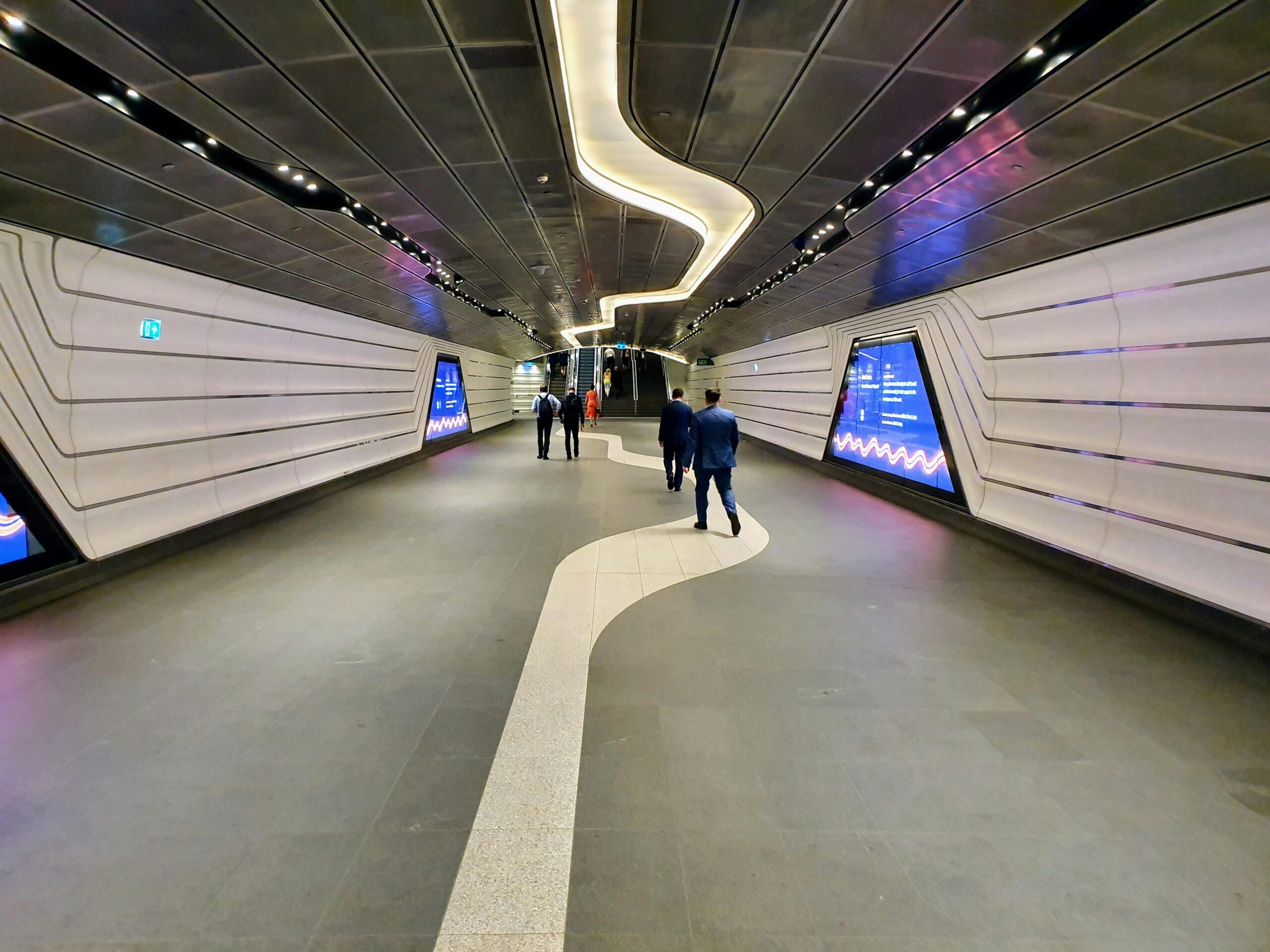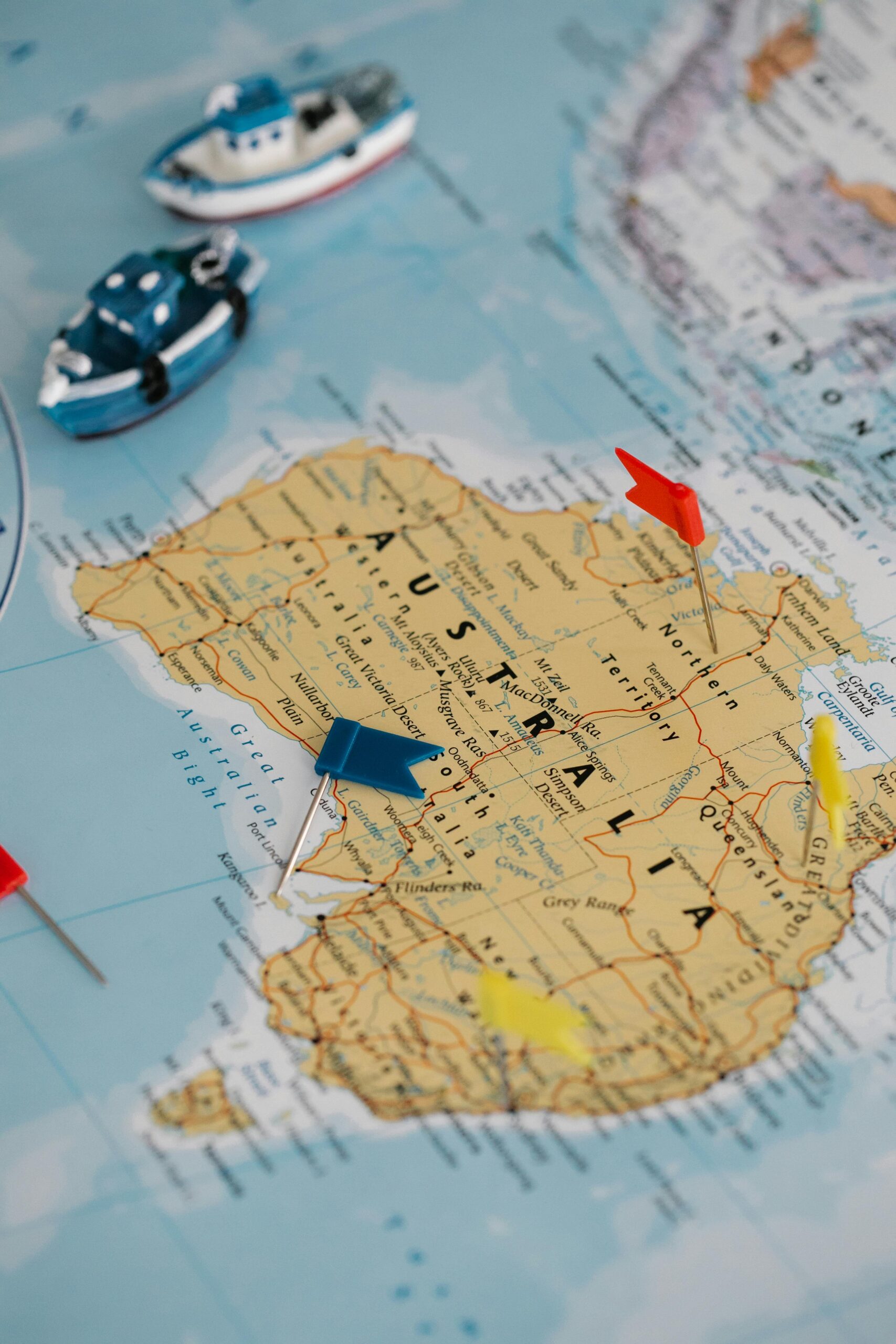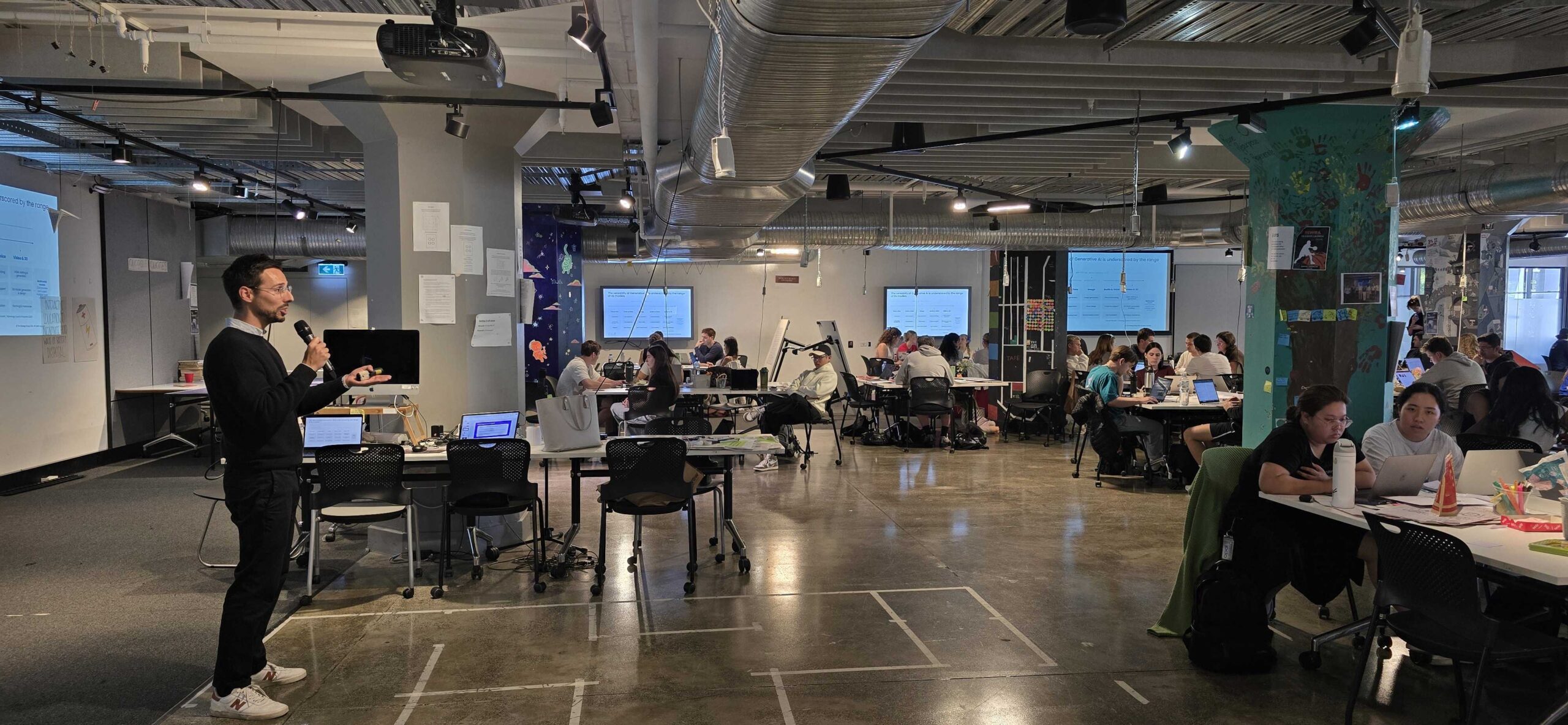Future Casting: an innovation method to create and plan unconstrained ideas
By Anna Chatburn, Marketing Director, The Strategy Group
How can organisations – whether small or large, government or charity – conjure up truly innovative possibilities without being constrained by what’s currently conceivable? It takes real vision to imagine a completely different future reality to what’s realistic or possible today.
There’s a temptation to assume that emerging technology and AI are synonymous with innovation. Everyone wants to jump on the AI bandwagon. But the key to creating lasting value is to focus on unique ways to make people’s lives easier or better.
How did Steve Jobs think up and create the iPhone? Who would have imagined even ten years ago that drones would be commonplace, social media would yield such power, and anyone could gain an audience online? Fortunately it’s not just down to individual ‘genius’ – there are innovation methodologies and tools to help get into an unconstrained mindset.
Future Casting (also known as scenario planning) is a methodology that is ideally suited to generating unconstrained ideas using AI and emerging technology. This methodology goes beyond solving problems to help us design new futures and stay ahead of the curve.
A new method of planning
Some situations require us to wipe the slate clean and imagine a whole new reality.
Generally, we start with a current problem or gap and based on that we design a solution. But starting from an existing challenge, idea or paradigm can make it difficult to think outside the constraints of what’s currently possible.
How can we go beyond thinking outside the box – to discarding the box entirely?
Future Casting helps to get into this unconstrained mindset.
Telling stories from the future backwards
Instead of planning from where we are currently and working forwards from here, Future Casting starts in the future and works backwards. It helps to define the steps to getting there – what will need to change.
The intention isn’t to predict the future, although use of Future Casting has ‘predicted’ many trends that have become reality before they happened. One project in 2001 by Frog Design imagined the newspaper headline: ‘Pop Singer Achieves Popularity through Internet.’ Music stars gaining fame through the internet is commonplace now – for example Lily Allen was discovered through Myspace and Justin Beiber gained fame via YouTube. But back when YouTube didn’t exist, getting signed by a record label was the only way for singers to gain fame, so it would be hard to imagine such a situation. Future Casting guides the planning of products and services which fit into future scenarios.
How the method works
The first step in Future Casting is researching and evaluating how the world may change, identifying trends, and what new products and services may be needed as a result. It can be described as a ‘disruption simulator’. For example looking at transport, we might imagine that AI will one day control all traffic.
The particular industry will define how far into the future the focus should be set. FMCG might only look a few years ahead, whereas a slower moving industry, government or organisations with little competition might look ten or more decades into the future. The goal is to understand the risks in the current business model, and opportunities and trends to capitalise on for value creation. With the transport industry, changing the infrastructure would take time, so we might look ten years into the future.
The method presents several future scenarios and guides participants to work through how they could collectively achieve (or plan to avoid) a certain future. The scenario analysis process encourages participants to think about what is possible rather than focusing on current processes or structures. Using a storytelling approach, participants explain the steps involved in how the imagined future might have occurred. Future media headlines help to bring them to life. For example, “CBD Protest Against Human Traffic Control” could be a headline in a future where AI controls 70% of traffic and is proven to be safer than human control.
Start with the ideal
The importance of starting with the ideal future state cannot be understated. The implications of allowing our current situation to constrain new solutions is significant. AI and other emerging technology can help redesign the way we live, work and play – but first we must identify what an ideal future looks like for the individuals involved.
One example of a future-visionary approach is the UAE, who is leading the charge in the automation of public transport services. The question of how to integrate autonomous cars into the current system was redefined. To achieve a long-term vision, the UAE realised they needed to re-design the city, not the transport. They needed to adapt their city to fit the needs of future citizens, looking beyond “what’s probable” to “what’s possible”.
If you’d like to learn more about when and how to apply this innovation methodology, contact us to arrange a coffee.












